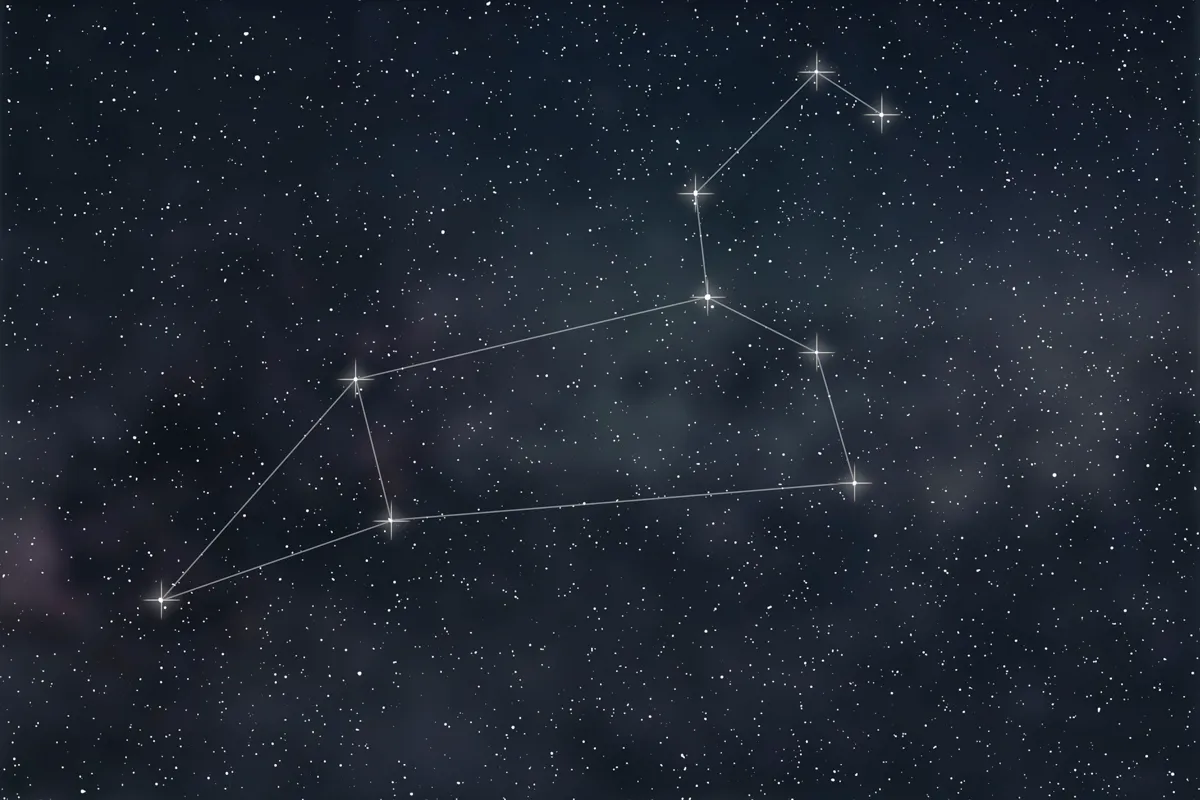There's still time to catch sight of the Leonid meteor shower.
The Leonids won't be a particularly active meteor shower – don't expect as fantastic a show as this year's Perseids – but they're still worth watching. So wrap up warm, find a good spot with little light pollution, and see which of your family is the first to find a shooting star.
But how can you see the meteor shower? What equipment will you need? And what is a meteor shower, anyway? We asked Iain Todd, a writer for BBC Sky at Night magazine,all these questions and more. Read on to find out.
If want to know about upcoming meteor showers in the UK, check out our guide, and if you’re looking for more stargazing tips, be sure to check out our astronomy for beginnersguide and ourfull Moon UKcalendar.
When can you see the Leonid meteor shower 2021 in the UK?
The best time to look for the Leonids is on the morning of 17 November, sometime between midnight and the onset of dawn at around 6am. However, this year's Leonids coincides with a full Moon, which presents a challenge for stargazers.
"Whenever there is a meteor shower coming up, one of the first things I do is see what the moon is doing," says Todd. "A meteor shower is a naked eye event, and if the Moon is full and bright, it's going to make seeing a spectacular show tricky."
Todd explains that this is especially the case with a relatively weak meteor shower, such as the Leonids. In 2021, the Leonid meteor shower is predicted at its peak to have an hourly rate of between 10-20 meteors. However, with the full Moon occurring just two days later, viewers can expect to see far fewer than the prediction.
Where do I look to see the Leonid meteor shower?
All shooting stars in meteor showers generally originate from one point, called the radiant. For the Leonid meteor shower, the radiant is in the constellation of Leo.
Leo is found in the northern sky, and it's one of the larger constellations meaning it's often visible to the naked eye.If you want to find the constellation exactly, we recommend using a stargazing app such as SkyView Lite (free on AndroidandAppledevices).

However, Todd says you don’t need to locate Leo to see shooting stars.
"I always thought that to see the Leonid meteor shower, you should find the radiant and then slowly look away from it. Then, any meteor you see that appears to be moving away from Leo is a Leonid.
"But, a few months ago, I found out that you can just look two-thirds of the way up in the sky in any direction, and if you see something, follow the trail back. If the trail went into Leo, then you've seen a Leonid meteor."
How many meteors will I be able to see in the UK?
As mentioned, the Leonid meteor shower in 2021 won't be an easy one to catch. Even so, it's a good excuse to get the whole family outside and stargazing.
"The Moon is going to be up, and there are some great winter constellations to look for. Jupiter is also a good one to spot at the moment," says Todd.
Later in the week, on 19 November 2021, you'll also get to see a partial lunar eclipse.
"It's not going to be a big, bright red total lunar eclipse," says Todd, "but you'll be able to see Earth's shadow skimming the top of the Moon. It'll be best viewed from the northwest of the UK."

Even though this year's Leonids will be fairly weak, about every 33 years the Leonids produces a 'meteor storm' where hundreds – or even thousands – of meteors can be seen. This last happened in 1999-2001, where there were about 1,000 shooting stars per hour.
What equipment do I need to see the 2021 Leonid meteor shower?
Meteor showers can be seen by eye, so you don't need any fancy, expensive equipment.
Todd suggests taking a chair that reclines, like a sun lounger, when you go looking for Leonid meteors. You might spend a while looking up, so make sure your neck is well supported. To have the best chance at seeing them with your naked eye, make sure you adjust to the darkness for at least 30 minutes beforehand – so try to get to a spot with as little light pollution as possible at around 11:30pm, and switch off your phones.
As the 2021 Leonids occurs in November, it could be quite cold out. Wrap up warm!
What actually is a meteor shower?
A meteor shower occurs when Earth's path collides with space debris – mostly pieces of ice and sand-like material – from a comet or asteroid.
While normally only the size of a grain of sand, the debris generates bright streaks in the sky by travelling at extremely high speeds (up to 66km/s – several times faster than a speeding bullet).
The debris that appears as shooting stars during the Leonids is believed to have originated from a small comet called Tempel–Tuttle, which orbits the Sun once every 33 years.
Read more:
About our expert, Iain Todd
Iain is a staff writer for BBC Sky at Night magazine, writing regularly about meteor showers and stargazing events.
